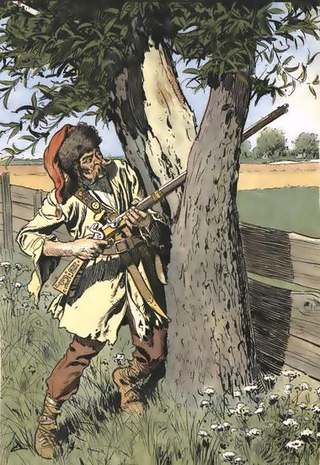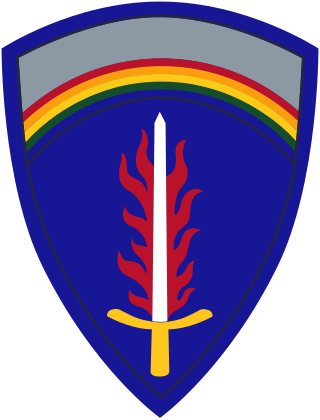During the 1990s, intense trade competition gradually makes Japan a major trading power against the United States and the European Union. The Japanese also use their position to strengthen their military technology and influence around the world.
The situation comes to a head in 2005 when South Africa, armed and supported by Japan, invades and occupies Zaire's mineral-rich Shaba. The United States sends the XVIII Airborne Corps along with associated air and naval assets to repel the aggression.
Plot
During the Shaba conflict, Captain George Taylor of the U.S. Army leads an Apache gunship squadron that is attacked and destroyed by South African gunships. After crashing and mercy-killing his fatally wounded gunner, he finds an abandoned Army camp, and forages supplies for a long trek, initially on foot, to the Zairean capital, Kinshasa. Along the way he learns that the attack on his squadron was part of a bigger South African offensive that had targeted U.S. forces in Zaire; South African commandos and Zairean guerrillas allied with the South Africans also destroy B-2 bombers at an airbase in Kinshasa.
The American collapse was so swift that the U.S. President is only able to force a cease-fire (and South African withdrawal) by carrying out a nuclear strike on Pretoria, an action that had reaped heavy international condemnation.
Taylor is evacuated home a base in the Azores, but finds himself suffering from "Runciman's Disease" (RD), a virus that leaves his face horribly scarred. Many returning U.S. soldiers are similarly infected, and it quickly spreads around the worldwide in a global pandemic.
Politically, the intervention is a disaster for America - the E.U. abandons its support for the intervention, and Japan uses the war as an excuse to launch a mercantilist trade war against America: it embargoes countries that continue to trade with the U.S.A. In the Middle East, taking advantage of America's postwar weakness, an alliance of Islamic nations wages a nuclear war, destroying Israel and forcing many of its citizens to flee to the USA. As a result of the nuclear conflicts, a treaty among nuclear powers agreeing to nuclear disarmament is ratified, including the USSR, the US, and other nations.
In 2008, Taylor leads a U.S. Army unit into Los Angeles, to put down pandemic-related social unrest. Several years later, Taylor deploys with U.S. forces to Mexico, to eradicate a Japanese-supported rebellion; his disfigured face, and unique tactics, strike fear among the rebels.
In 2020, the Soviet Union is on the brink of internal collapse, as its Central Asian republics revolt against Moscow's rule, aided and armed by Japan and South Africa. The United States reorganizes its military, and secretly deploys a combat unit — the 7th Heavy Cavalry Regiment (7HCR) — under by-then Colonel Taylor's command, spearheaded by the new M-100 assault gunship (which are equipped with an advanced railgun and Gatling cannons).
The U.S. military command orders the open deployment of the 7HCR to strike a blow deep into the heart of the Arab Islamic Union lines in northern Kazakhstan. The initial U.S. attacks on November 2, 2020, render heavy damage to the Islamic Union and their allied Iranian forces. Taylor's troops reposition to new deployment areas in the Ural river region, but a stray radio transmission gives the Japanese a clue to the location of an assembly area near Orsk. The Japanese attack using "Scramblers," a special radiowave weapon that permanently disrupts the body's neuro-muscular functions while leaving the brain intact.
After the Scrambler attack, the American government, orders Taylor to cease offensive operations. Taylor defies the order, avoids a Soviet trap, and launch an attack on the Japanese headquarters in Baku, which is under siege from Azeri militants. Taylor's troops storms the facility and kills Kabata, while a U.S. technician uses the center's advanced supercomputer to disable Japan's space defenses and other in-theater assets. Japanese relief columns arrive at the base and Taylor dies staying behind to shut down the computer, while the rest of his men fly to Turkey.
The epilogue shows that the attack led to a peace treaty signed between the USSR and its enemies. The 7HCR is commended by presidential order, with all survivors promoted.
















